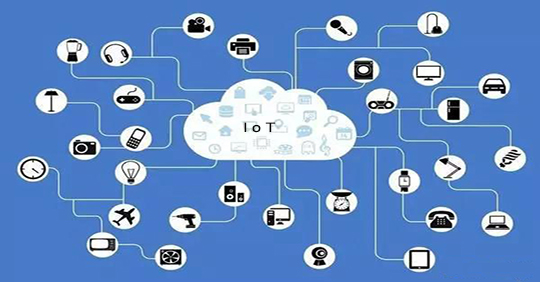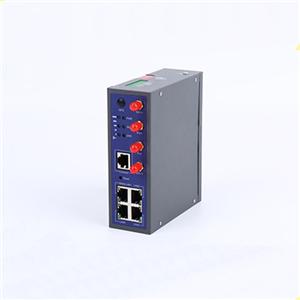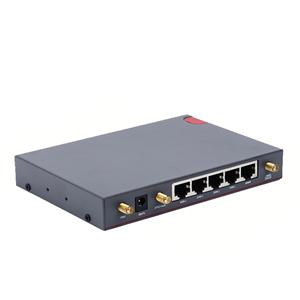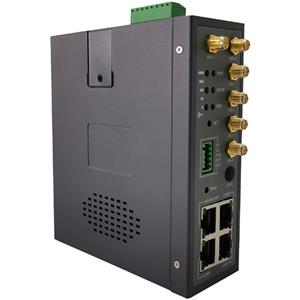The number of domestic NB-IoT connections exceeded 100 million
The number of domestic NB-IoT connections exceeded 100 million

Recently, people who follow NB-IoT will be attracted by a news.
As of the end of February 2020, the number of NB-IoT connections of the three major domestic operators exceeded 100 million. From the perspective of operator distribution, China Telecom and China Mobile each achieved more than 40 million NB-IoT connections, and China Unicom reached 10 million.
From 0-1 billion, NB-IoT took less than 3 years
From the official commercial start of the second half of 2017, it took only less than 3 years for NB-IoT to achieve the "100 million" small goal in China. Judging from the absolute quantity, this number is not unpleasant. Here we must understand this speed from several dimensions.
First of all, you need to understand that these 100 million connections are all non-mobile connections. There are a lot of mobile phones. Everyone knows this, which is why any of the current chips want to be embedded in mobile phones.
As for the number of IoT connections other than mobile phones, although the number is growing rapidly, it will not be as obvious as mobile phones. Because the connection of non-mobile phones must have specific business requirements and can bring application value, node placement will be performed.
Therefore, even with cellular networks and the support of operators, the growth in the number of non-mobile IoT connections still requires a long-term process.
One piece of data can be quoted here. The current leader of cellular module manufacturers, Quectel Communications, announced in March 2019 that their modules have achieved more than 100 million IoT connections worldwide. This is the leader of an industry. Various products in the market have accumulated years of achievements. It can be seen that the amount of 100 million NB-IoT in China is indeed not easy.
Why does the development speed of NB-IoT make people feel slow?
Why does the development speed of NB-IoT always give people a slower feeling? There are several reasons here.
The first is that the outside world is expecting too much of NB-IoT. There are also reasons why NB-IoT was overhyped in the early days and even caused a lot of leather.
People who followed NB-IoT in the early days may have heard such figures. The number of IoT connections will reach 50 billion or more. 70% of these scenarios are low-speed connection scenarios. This is the NB-IoT market, so NB -The market potential of IoT is also 10 billion.
Therefore, compared to tens of billions of connections, 100 million is nothing. But in fact, a large proportion of the tens of billions of IoT connections will be connected using small wireless technologies such as Wi-Fi and Bluetooth. The cost of cellular network connection is much higher than that of small wireless technology, and it is more difficult to promote it.
Second, after the NB-IoT has been "ripe" by all parties in recent years, it is natural for it to develop rapidly. The maturity of an industry is a natural process, including the degree of matching between technology and business, the supply and demand of the industry, the price of products, etc., all are long-term natural selection processes of the industry.
As soon as NB-IoT comes out, there will be policy maturity, and then operators will provide large-scale subsidies, etc., so that the price of NB-IoT module will soon be reduced to the level of about 20 yuan. It has been 6 years for the 2G network, so the rapid development of NB-IoT is normal operation.
Summarize the application characteristics of NB-IoT in these years
The development of NB-IoT in recent years has also enabled everyone to have a deeper understanding of this technology. NB-IoT is not a panacea, and the IoT connection is by no means just an NB-IoT technology, but it has unique advantages and is the optimal solution in some scenarios.
After several years of application exploration, I found that the most suitable scenarios for NB-IoT are application scenarios with small data, low frequency, low delay requirements, and a wide range. NB-IoT has achieved millions and tens of millions in some areas. The following figure shows several main application areas of NB-IoT
It can be seen that there are four applications in the tens of millions, namely water meters, gas meters, smoke sensors, and electric vehicles. These application areas have the highest requirements for communication technology and NB-IoT, and the market volume is also large. Of course, it also benefits from government promotion.
There are 7 million-level application markets, namely smart manhole covers, smart door locks, tracking, white electricity, street lights, smart parking, and cattle networking. Although these scenarios are theoretically large in size, on the one hand these markets are more fragmented and the application is more difficult to promote. On the other hand, there are other alternative technologies on the market in these scenarios.
One more point that needs to be pointed out is that the cellular networks of operators will become more and more sophisticated in the future. Rather than a general "X" G (X contains numbers such as 2/3/4/5/6).
The Internet of Things is a very large market. Different scenarios must require different network connection technologies. For example, Cat.4 can of course be used for meter reading, but this is obviously a waste of Cat.4 communication capabilities and costs. Too high.
The NB-IoT has poor mobility, too low transmission rate, no voice function, and high delay, which also limits its application in many scenarios.
The market also needs various communication technologies to complement each other. After all, the Internet of Things in the future has tens of billions of connections, and it can be a large amount to account for several points.




